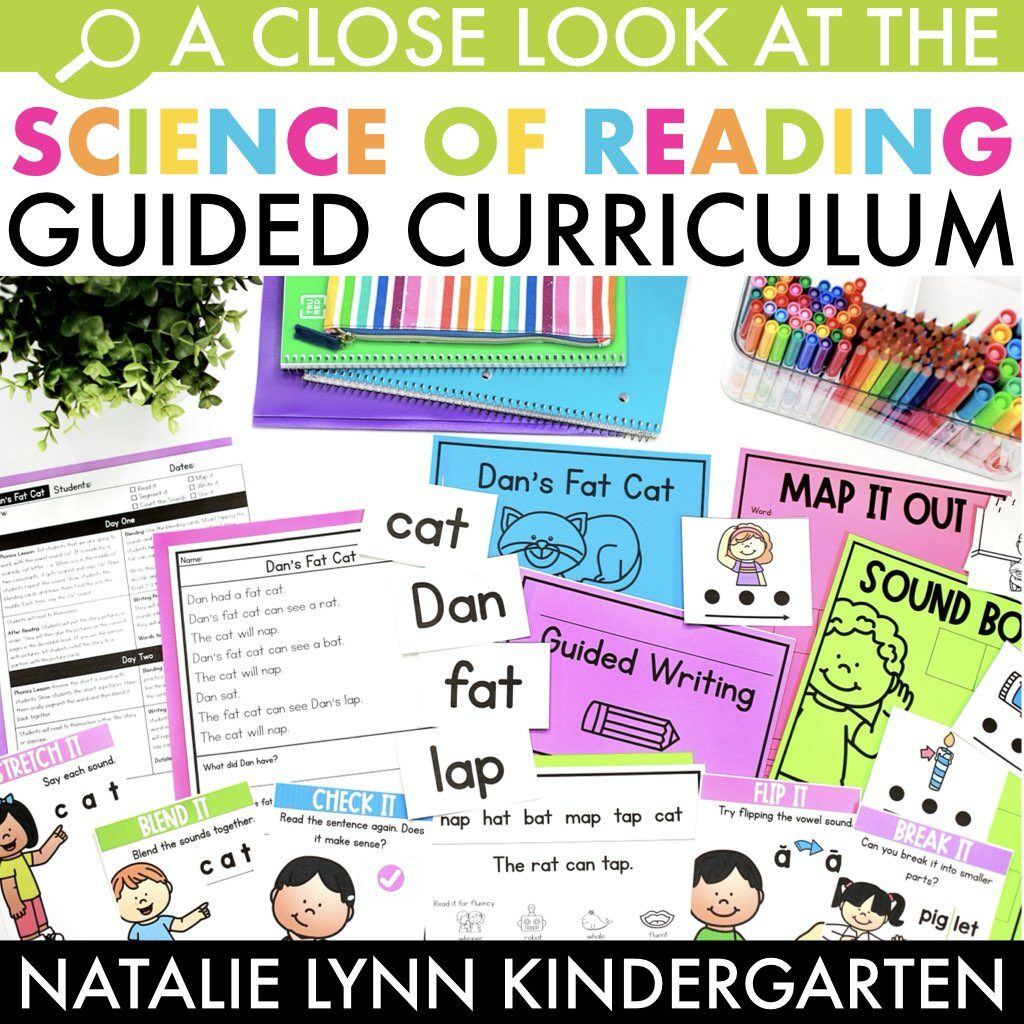
In this blog post: Take a closer look at the Science of Reading Guided Curriculum and how it can transform your guided phonics reading small groups!
Have you ever wondering how to aligned your reading small groups with the Science of Reading? While it can feel overwhelming at first, I promise you it doesn’t have to be hard!
In fact, i’ve done all of the work for you!
When I dove headfirst into the Science of Reading and went through LETRS, I realized that I needed to change the way I taught small groups. Traditional guided reading wasn’t going to cut it.
Hence, the Science of Reading Guided Curriculum was born!
My goal was to create a small group curriculum that would make changing to SOR aligned instruction easier for teachers.
This was one of the first SOR aligned curriculums of its kind out there, and it’s been transforming thousands of classrooms around the world ever since. Let me give you a closer look at how the Science of Reading curriculum can transform your teaching!
Table of Contents
What is the science of reading?
While it might seem like a current buzzword, the Science of Reading isn’t new. It refers to decades of research on the brain and how it learns to read. You can read more about the Science of Reading here.
The Science of Reading isn’t a curriculum or program. Rather, it gives us standards for best practices to guide our instruction.
SOR tells us what is going to make the biggest impact when teaching students how to read – and what could be harmful to that process. When I began the process of planning out the Science of Reading Guided Curriculum, I wanted to be sure that it truly aligned with these best practices.
How the curriculum aligns with the Science of Reading
The Science of Reading Guided Curriculum was carefully thought out and planned to align your small group instruction with the Science of Reading.
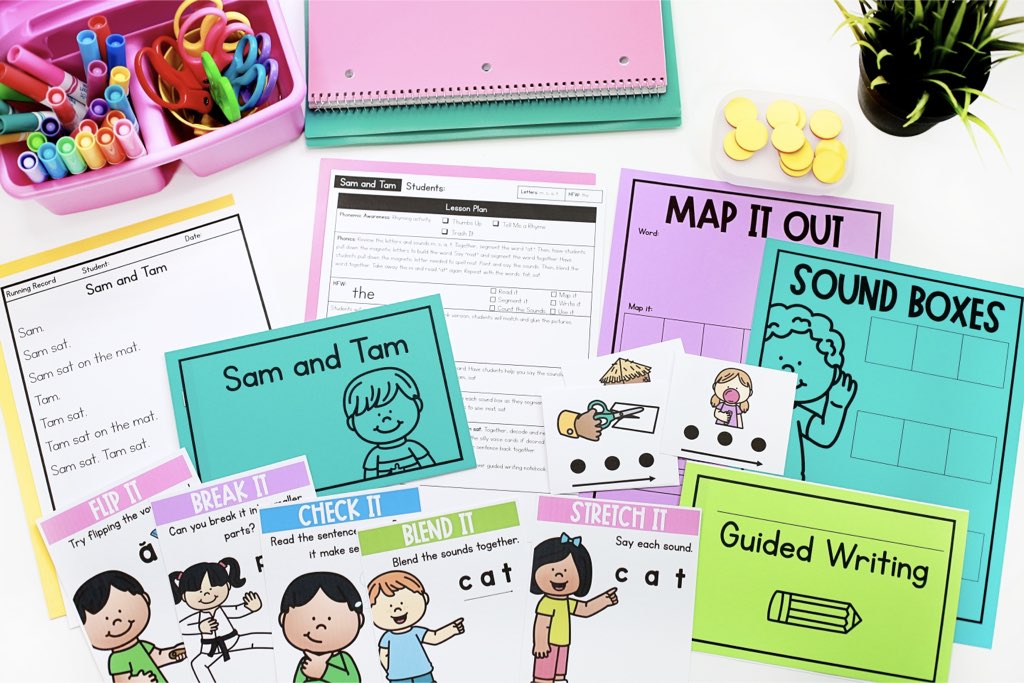
It is explicit.
That means that the objective of each lesson is clear. In traditional guided reading, you may teach phonics skills, but it generally isn’t related to the rest of the lesson or what students are practicing in their book.
In the Science of Reading Guided Curriculum, every part of the lesson plan was intentionally planned to practice the objective. The teacher will take students through the guided release (I do, we do, you do) process.
It is systematic.
This means that the science of reading curriculum follows a specific phonics scope and sequence. The lessons and activities within the lessons are very intentional and they build off of each other.
Sometimes we as teachers can relate systematic to boring. However, to the students are are gaining new skills and confidence, there’s nothing boring about it! In fact, research shows that students retain new information better when it is presented in a predictable and systematic way.
It is engaging.
Just because the Science of Reading Guided Curriculum is explicit and systematic doesn’t mean it can’t be engaging! The activities within each lesson were designed to be hands-on for students. They are constantly moving, working, and learning!
It is data-driven.
The Science of Reading Guided Curriculum will help you make sure that your reading small groups are based around data. First, you will use the placement assessment to group your students.
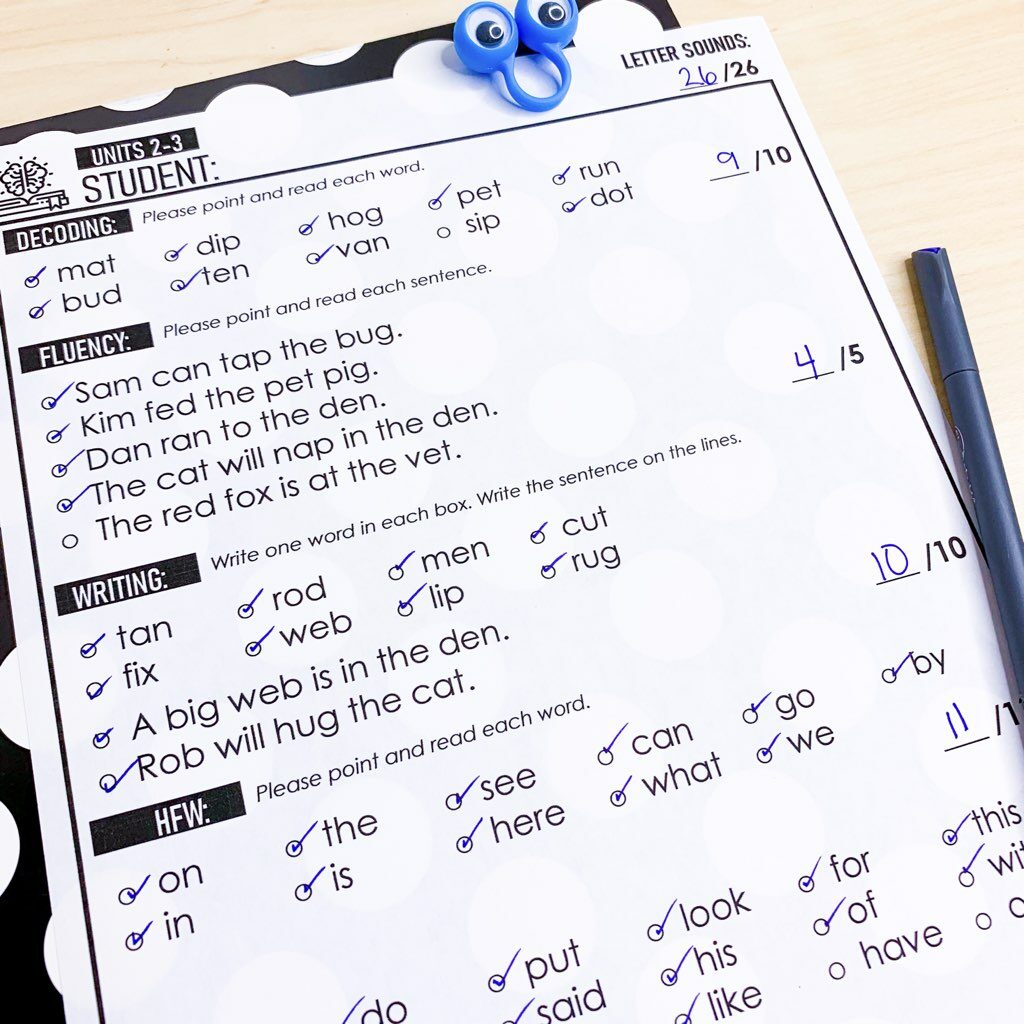
Not only can it help you group students by where they are along that phonics scope and sequence, but you can also dig deeper and group them by what they need to work on within specific skills – decoding, fluency, or encoding.
Then, you will constantly assess your students and re-evaluate where they are. Your groups should be fluid!
Each unit has a pre- and post-test that can also be used for progress monitoring. The included running records will allow you to see how accurate a student is with decodable words, and also what strategies they use.
Science of Reading Guided Curriculum Overview
The Science of Reading Guided Curriculum is made up of 10 units with around 20-25 lessons each. These units build through a phonics scope and sequence.
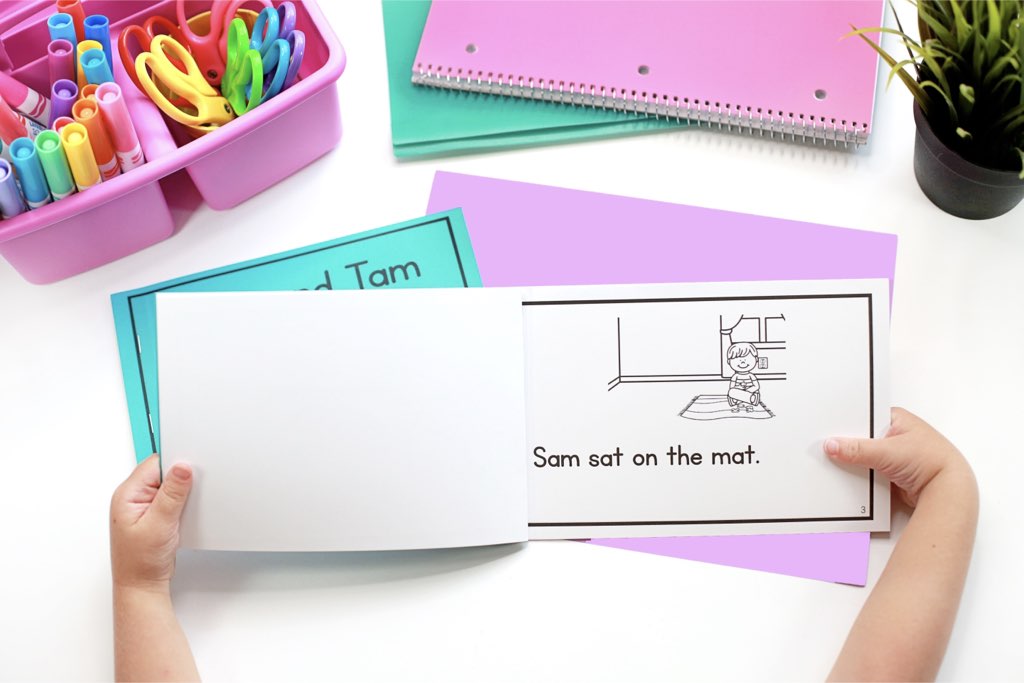
Each book and unit is very intentional in how it builds and grows in difficulty. So you won’t see any phonics skills included in the decodable readers until they are explicitly taught.
The phonics scope and sequence covers Kindergarten, first grade, and second grade phonics skills, but the beautiful thing about it is that you can truly meet students where they are. If you have a second grader who needs to work through short vowels, you can! If you have a kindergartener who is ready to work on vowel teams, you can!
See the phonics scope and sequence here:
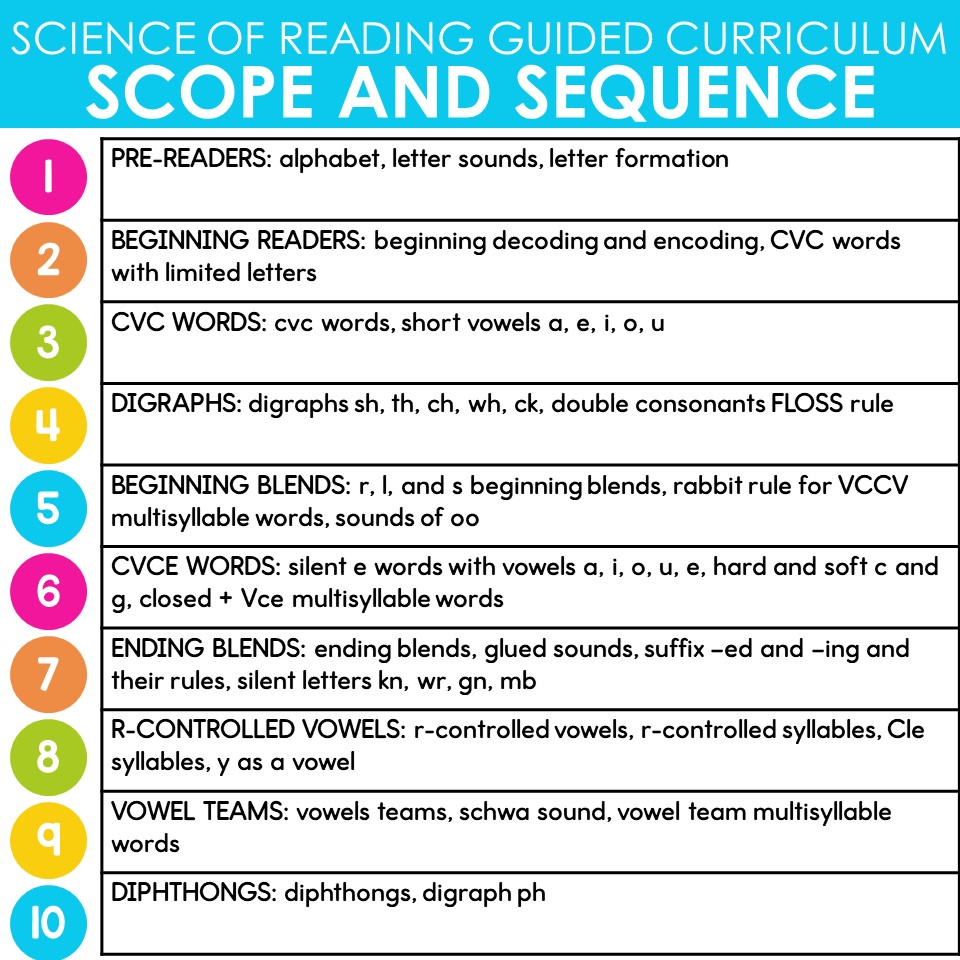
It was very important to me that there were multiple books included to practice each skill. That means that your students aren’t expected to master a new phonics skill after one lesson. They truly have time to practice and apply that new skill!
And if they are ready to move on after one lesson? You absolutely can.
The lesson plans are flexible. While most of the lesson plans include two-day lessons, you can absolutely cut them down to one day if your students are ready for the fast track.
You can also move on to the next skill as your students are ready. So if a student picks up short vowel a right away, instead of going through all five lessons, you might move on to short vowel e.
Science of Reading Guided Curriculum Units
The lesson plans were designed to pack the most punch as possible. They will cover phonological and phonemic awareness, phonics, decoding, encoding, fluency, reading comprehension, vocabulary and oral language, and writing. Whew! That’s a lot!
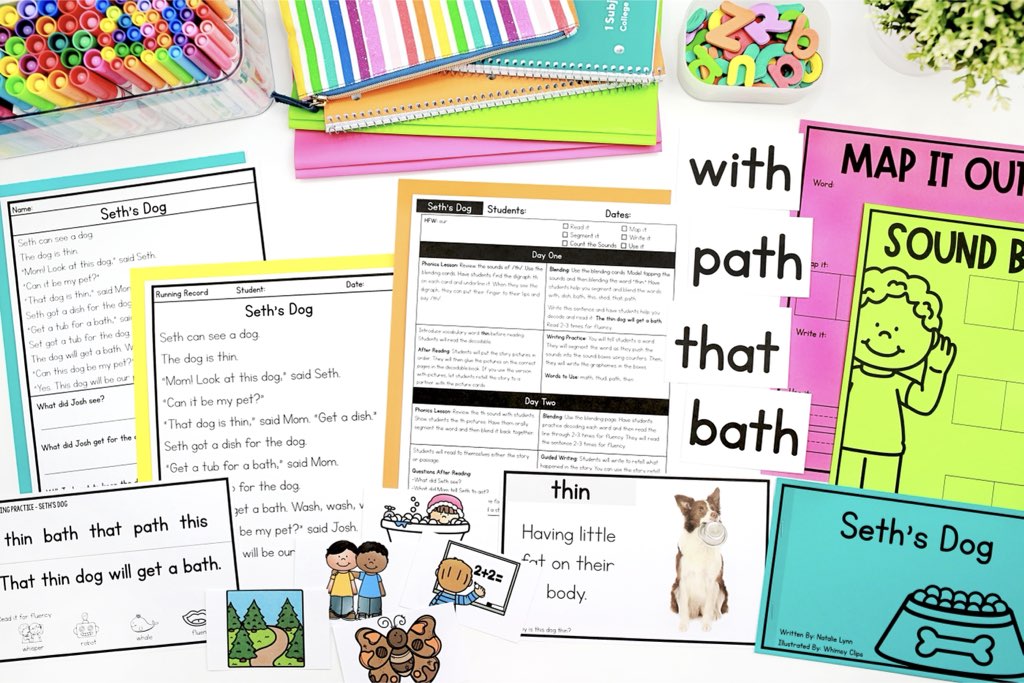
Each unit includes:
- Guided phonics lesson plans
- Decodable readers with pictures
- Decodable readers without pictures
- Decodable vocabulary with vocabulary picture cards
- Blending word cards
- Picture match up cards
- Blending and fluency practice pages
- Encoding practice
- Comprehension questions
- Phonics anchor charts
- Decoding strategy posters
- Heart words routine
- Heart words Map It Out page
- Guided writing routine
- Guided writing notebook
- and more!
Take a closer look at the lessons
Now that you know the main components of the Science of Reading Guided Curriculum, let’s take a closer look at what a small group lesson would look like.
1. Heart Word Practice
You would start your lesson by introducing or practicing a new heart word that will be within the text. I tell you the words to use in units 2-3, but after that I don’t. That is because you will want to assess your students and see what high frequency words they know/do not know. This will help you decide the best word to use (or even if you want to teach a word at all).
To introduce and practice heart words, we use the Map It Out mats.
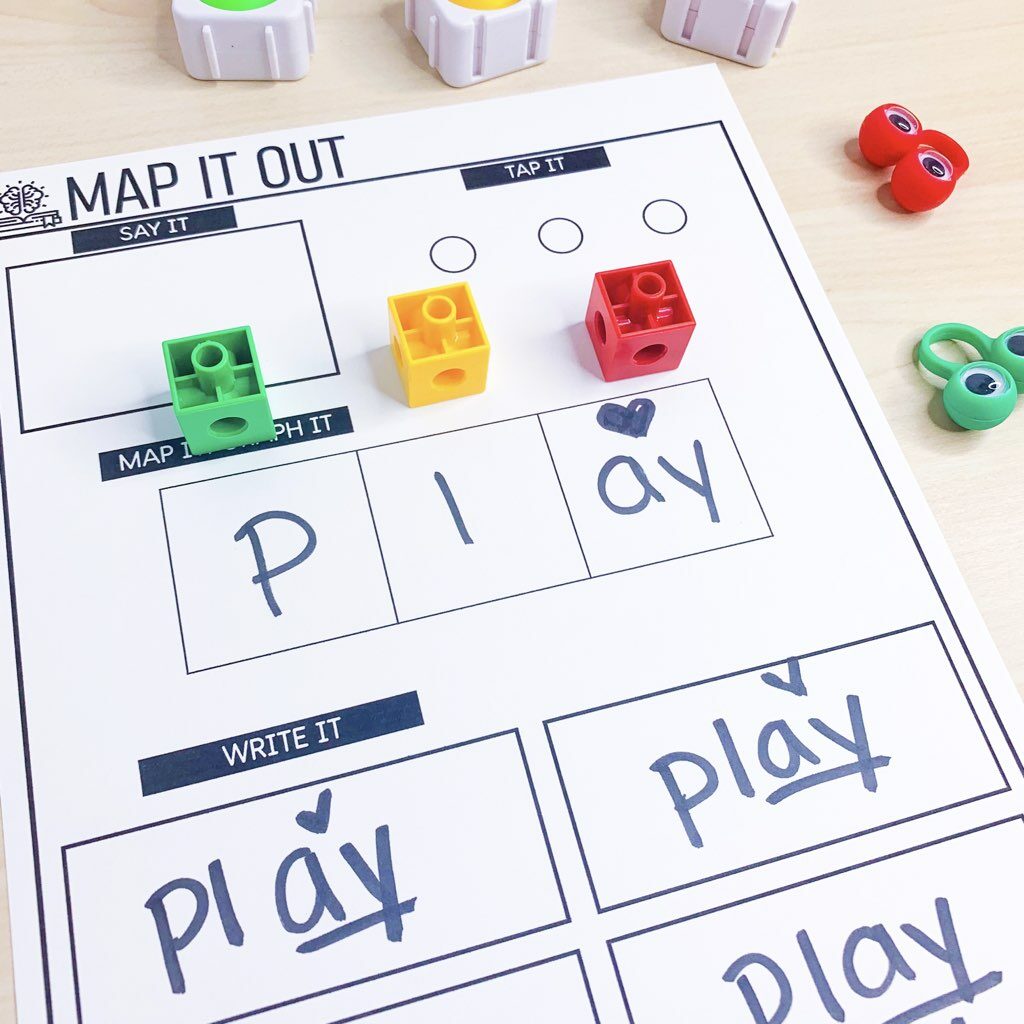
- You will say a word and students will repeat it.
- They will tap the sounds in the word and count them.
- They will map the sounds in the sound boxes. This can look like placing cubes or counters for each sound.
- First, have them identify and write the regular sounds. They will push up each counter and they write the sounds in the sound boxes.
- Then, introduce the tricky part. Have students identify the sound and what letter would normally spell it. Tell them how to spell the tricky part and have them write it in a sound box.
- Students will add a heart over that part. This reminds us that the sound is tricky and we need to know it by heart.
- They will identify that tricky part and draw a heart each time they write the word to practice.
2. Phonics Mini Lesson
Next, you will have your teacher-led phonics mini-lesson. This is the “I do” portion of your lesson. In the earlier units, this will also include a phonological awareness portion.
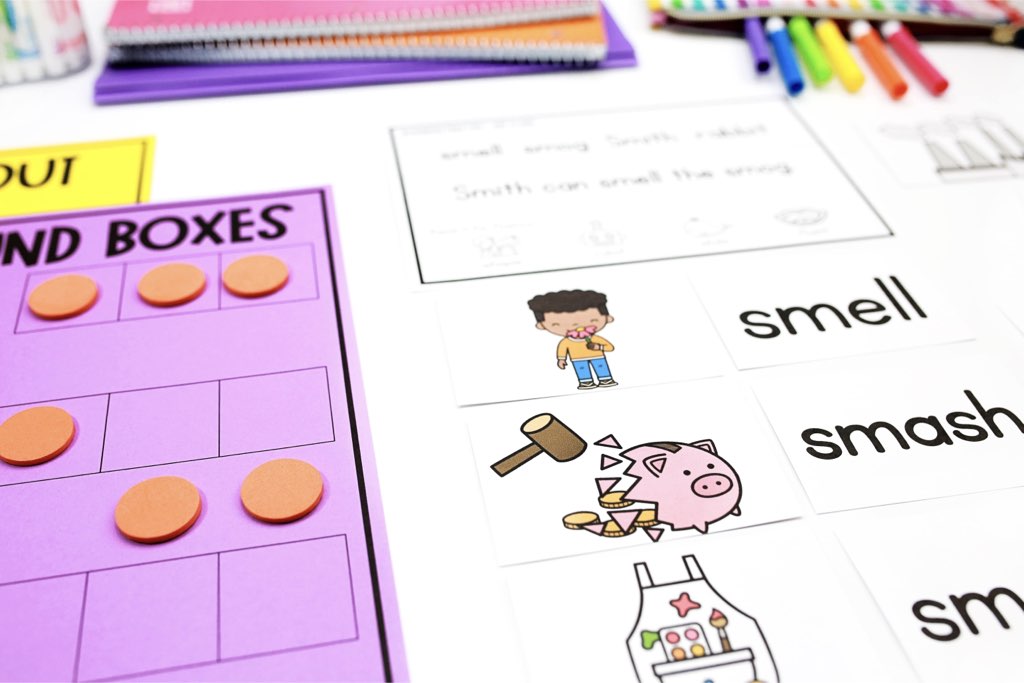
The teacher-led mini lesson should be short and focused on one skill. You will introduce the new skill and guide students in practicing it with you. You may use the blending word cards to identify the phonics pattern in the words, you may use sounds you’ve been practicing to build a word chain, or you may have students apply new strategies to decode words. It will depend on the lesson!
This lesson will naturally lead into the next parts of the lesson.
3. Decoding and Blending Practice
Now that you’ve introduced the phonics skill, it’s time for the “we do” portion of your lesson. First, you will use the blending word cards. Students will say each sound and then blend the word together.
Then you will show students a decodable sentence that contains some of those words. They will read that sentence several times for fluency.
On day two of the lesson plan, students will use the half-page fluency practice sheet.
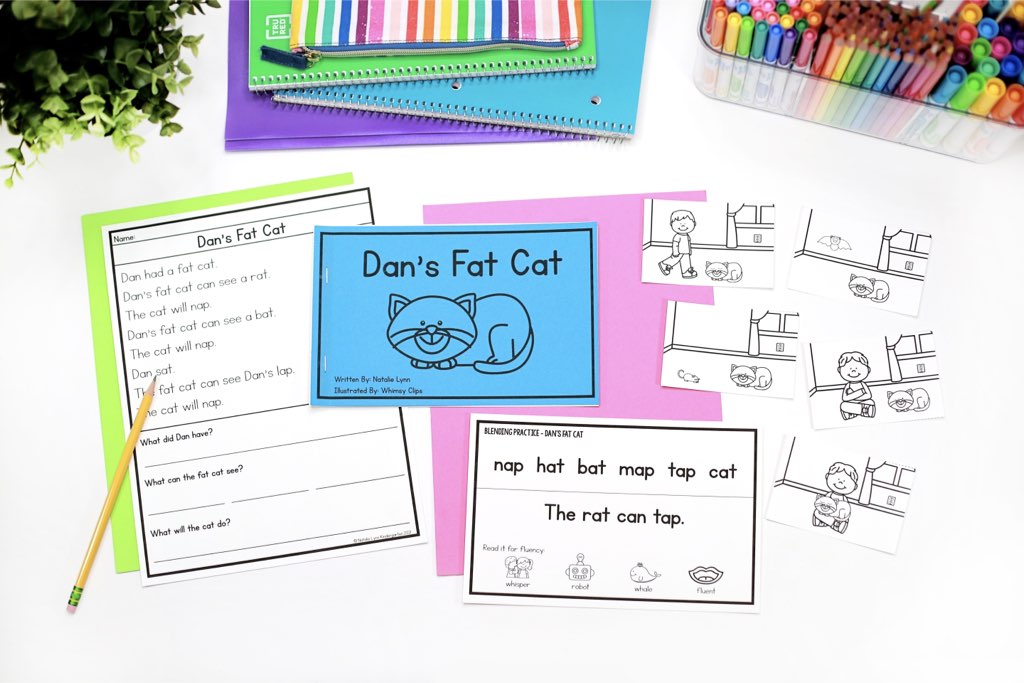
They will practice reading words for fluency. Then, they will read a decodable sentence multiple times using silly voices like bear talk, robot voice, or whale speak.
4. Vocabulary
It is SO important that we build vocabulary and background knowledge in our students. A great way to do this is with decodable vocabulary.
There will probably be some decodable words that your students have limited background knowledge on. By introducing the word before reading, students can better comprehend the decodable book.
The Science of Reading Guided Curriculum has ready to go vocabulary cards with real photos to help you implement this.
5. Decodable reader
Now students will get to apply all of those skills they’ve been practicing with the decodable reader. Students will read the story to themselves and you will listen and support or take running records.
The Science of Reading Guided Curriculum includes decodable books with pictures and without pictures. This just helps you differentiate even more within each skill!
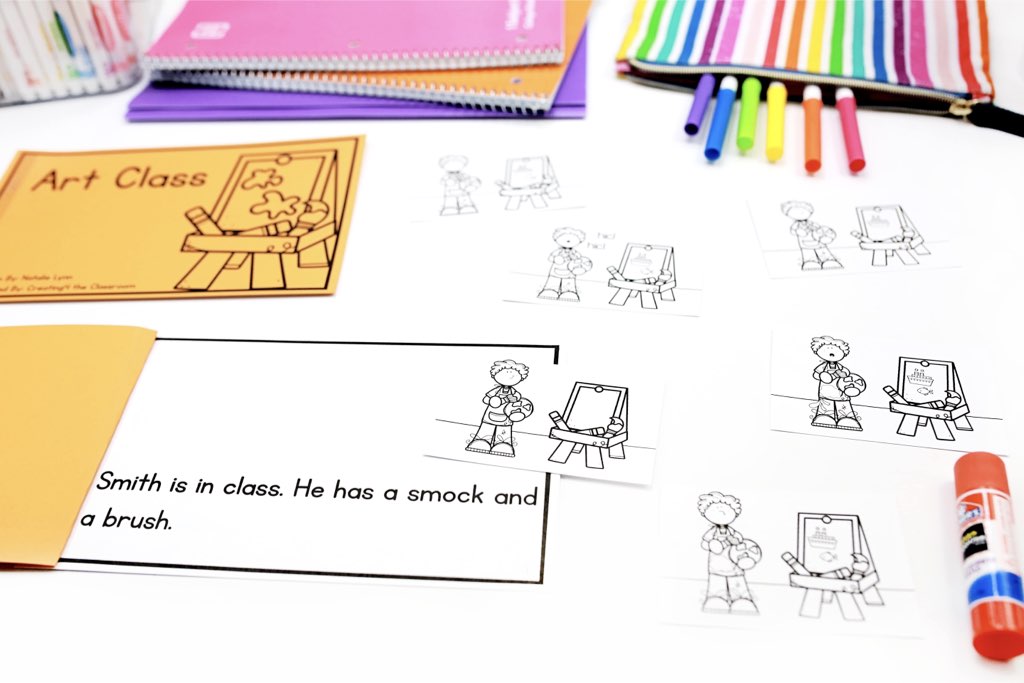
Without the pictures in the book, students have to truly focus on the words and what they say and mean.
After reading, student can match the pictures to each page and glue them in. This is a great way to work on reading comprehension!
On day two of the lesson plan, you will ask students comprehension questions about the decodable book.
There is a myth out there that you can’t work on comprehension with decodable readers. That couldn’t be further from the truth!
Every story in the science of reading curriculum has a plot and I give you comprehension questions to ask about it. There will also always be one question to help students make connections to the story.
Each unit ends with two nonfiction decodable readers. These will be used to review and cement the skills taught throughout the entire unit!
6. Encoding Practice
Now your students have practice decoding and reading words with the focus phonics skill, but it is just as important that they can write those words!
On day one, students will go through the encoding practice routine. This is a very simple and quick component, but it packs a big punch.
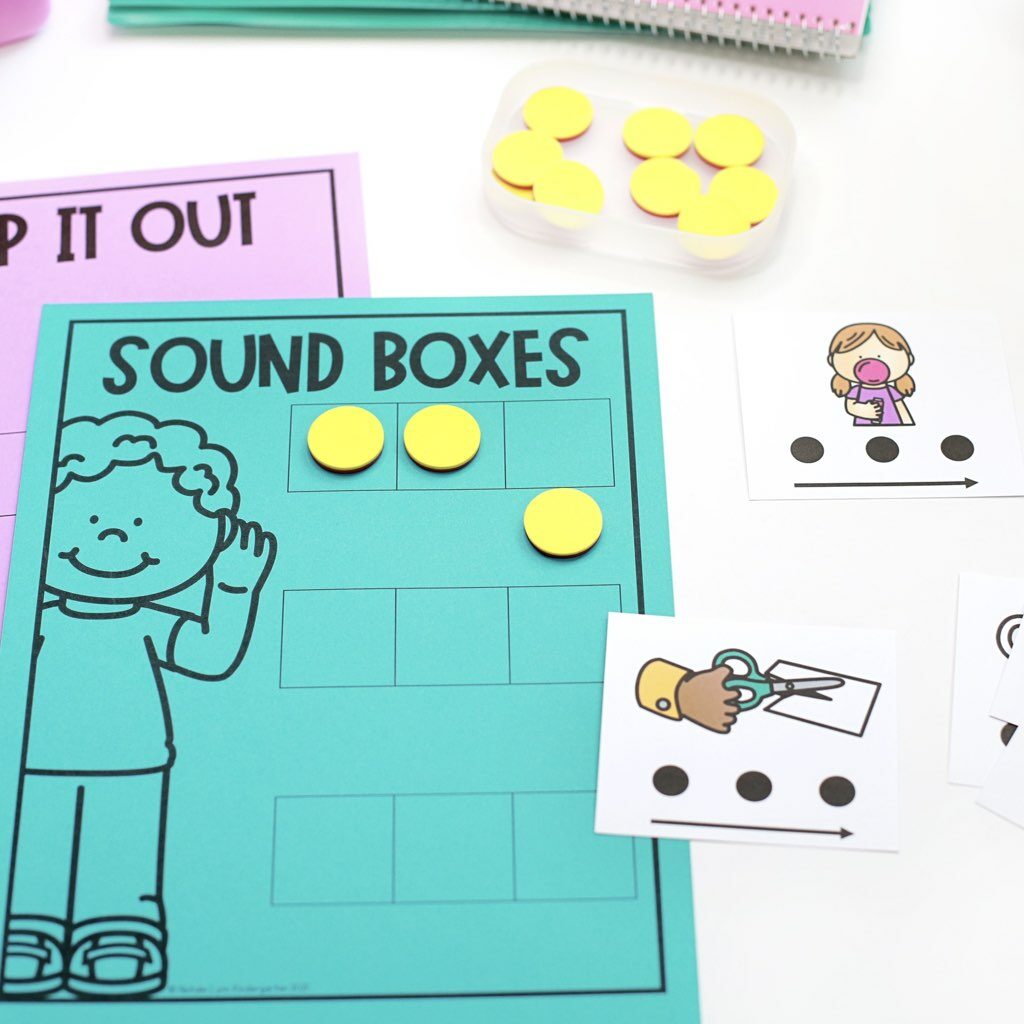
You will say a word. Students will tap the sounds and count them. They will map the sounds by placing counters in the sound boxes to represent each sound.
Next, they will graph the sounds. This means that they will push up each counter as they write the letter(s) that represents the sound in each box. Last, they will write the word again as a whole.
It sounds so simple that it feels like there has to be more too it, but really this is the best routine you can do for your writers! It uses a process called orthographic mapping, which helps the brain connect sounds to symbols (or letters).
This is SO powerful!
7. Guided Writing
On day two, that encoding practice will be replaced by guided writing. If you are used to guided writing in traditional guided reading, you’ll find that this routine is very similar BUT more meaningful.
You will use a dictated sentence. This sentence is decodable and uses the phonics skills you’ve been working on.
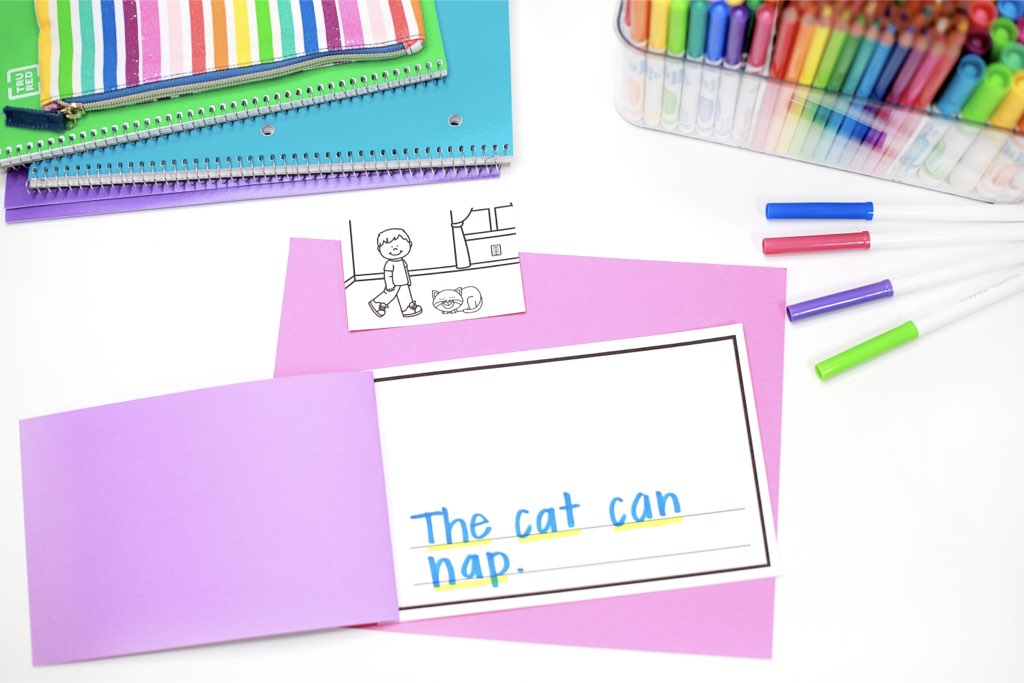
You will say the sentence and students will count the words. They will draw a line for each word (or you can) using a pencil or, my favorite, a highlighter.
Then, they will tap each line as they say the sentence again. This will help them remember what word goes on each line.
Finally, they will write the decodable sentence. By using decodable sentences during guided writing, you get to see how students are applying the skills you’ve been working on throughout the whole guided phonics lesson!
Once your students are more secure in writing, you can do the guided writing a different way. Instead of writing a dictated sentence, you can have students write about the story.
You can ask them a specific question about the story, or you can just have them write the retell the main parts of the story. Not only does this work on comprehension, but it also naturally makes students use those phonics skills to write! Because they’re writing about a story that is FULL of words that practice the skill. WOW! Talk about powerful.
8. Assessments
Each units has a pre-test and a post-test. You can use these assessments to place students within a unit, to make your groups, or to progress monitor.
However, there are also multiple ways that you will be assessing students and collecting data throughout each lesson! You will assess students ability to decode and their fluency during the blending practice and during the decodable reader. You can also take a running record here for documentation.
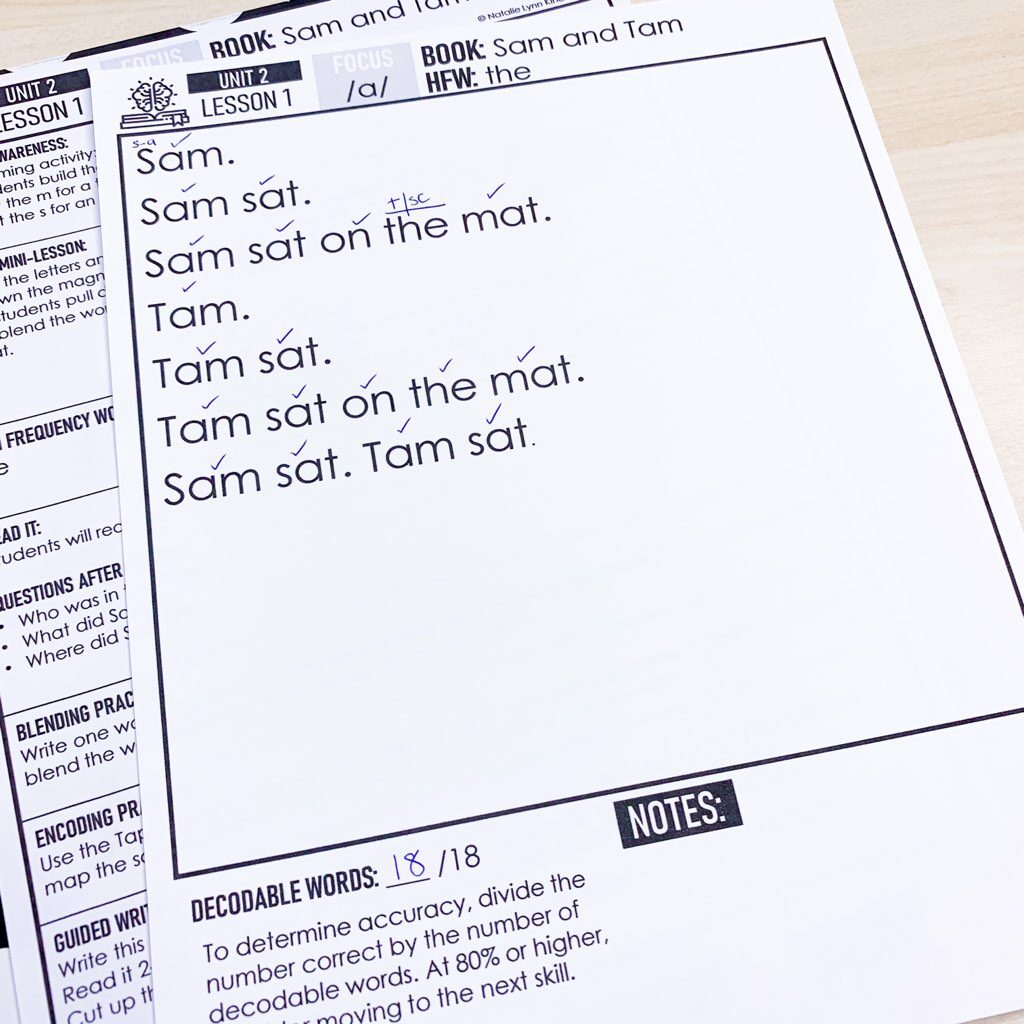
You will assess students ability to write these words during the encoding practice (more supported) and during guided writing (less supported).
Remember, it is so important that your Science of Reading small groups are data-driven and fluid! Use those assessments to evaluate each student and group and what they need.
9. Sound Wall with Mouth Pictures
I have included a sound wall with real mouth pictures in the Science of Reading Guided Curriculum for teachers who want to use it.
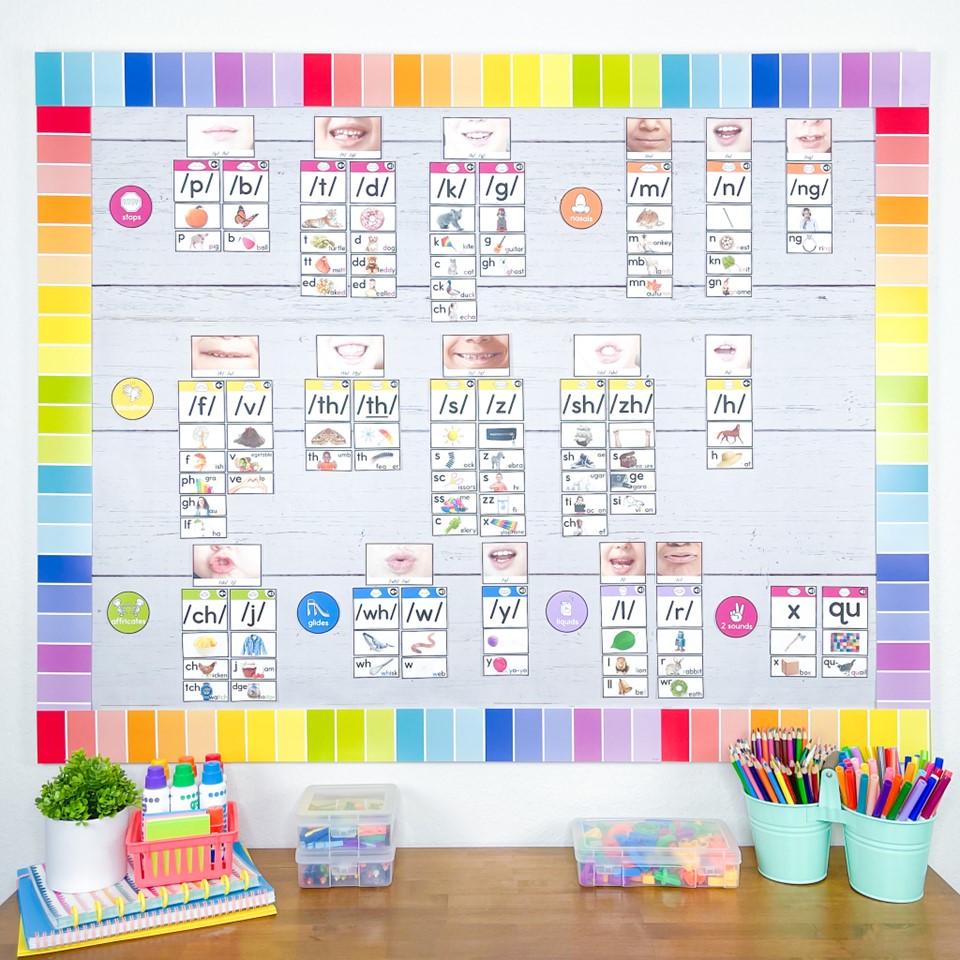
This sound wall has everything you need to set up a sound wall in your classroom including:
- Real mouth pictures
- Phoneme cards
- Lock images
- Key images
- Spelling cards with real photos
- Consonant sound wall
- Vowel valley sound wall
If you want to read more about implementing a sound wall in your classroom, you can do that in this blog post.
The Complete Science of Reading Guided Curriculum
The Science of Reading Guided Curriculum was designed to truly give you EVERYTHING you need to implement SOR aligned small groups in your classroom. I wanted you to be able to feel confident that you knew exactly what to do and what steps to take with each group.
The benefits of this curriculum include: YOU feel confident because you know exactly what to teach and how to teach it, your STUDENTS feel confident because they can actually read the books, you can STOP searching for the best materials to use with your small groups, so you’ll have MORE TIME to focus on what matters – your students.
The curriculum includes 10 units that follow a systematic phonics scope and sequence.
These lessons are flexible in that you can go at a pace that works best for your students. You can teach one day lesson plans, two day lesson plans, go through each lesson, or move on to the next skill.
If you ever have questions about my scope and sequence or why I put a specific skill where I did, please feel free to reach out to me! I always want to be very transparent about the WHY behind everything I do, because you’re trusting me to help you be the best teacher you can be.
This curriculum includes 210 decodable readers and lessons.
That is more books than ANY OTHER similar program currently.
That was super important to me – I wanted to make sure that your students had multiple opportunities to practice and cement each skill if needed. After all, how many times have you needed to practice and apply something multiple times before you mastered it? Your students are the same way!
The units included in the Science of Reading Guided Curriculum include:
- Pre-readers Alphabet
- Beginning Readers (CVC words with limited letters)
- CVC Words (this has more of a focus on the short vowels)
- Digraphs and Double Consonants
- Beginning Blends
- VCe Words
- Ending Blends
- R-Controlled Vowels
- Vowel Teams
- Diphthongs
Those are the main topics of each unit, but then there are some smaller topics covered within the units as well such as decoding multisyllable words, hard and soft c and g, the schwa sound, and more.
Save big on TpT!
Right now, you can save over 70% by purchasing the Science of Reading Guided Curriculum on TeachersPayTeachers! While the value of the entire curriculum is over $210, you can grab the entire thing for only $60. You are saving $150!
GRAB THE SCIENCE OF READING CURRICULUM HERE!
As always, if you have any questions about the Science of Reading Guided Curriculum or how it might work in your classroom, please reach out to me at natalielynnkindergarten@gmail.com.


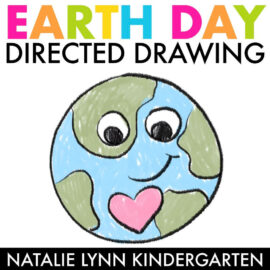
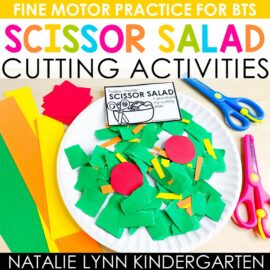
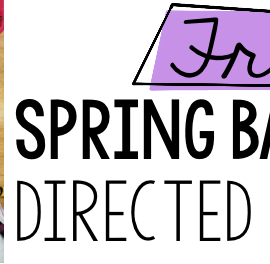

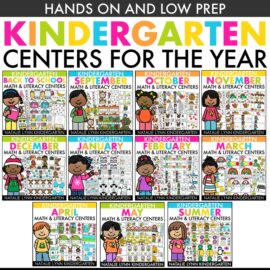
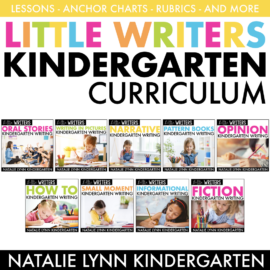
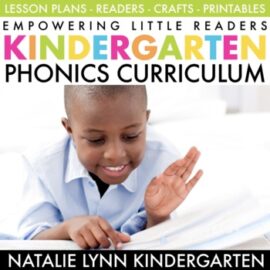
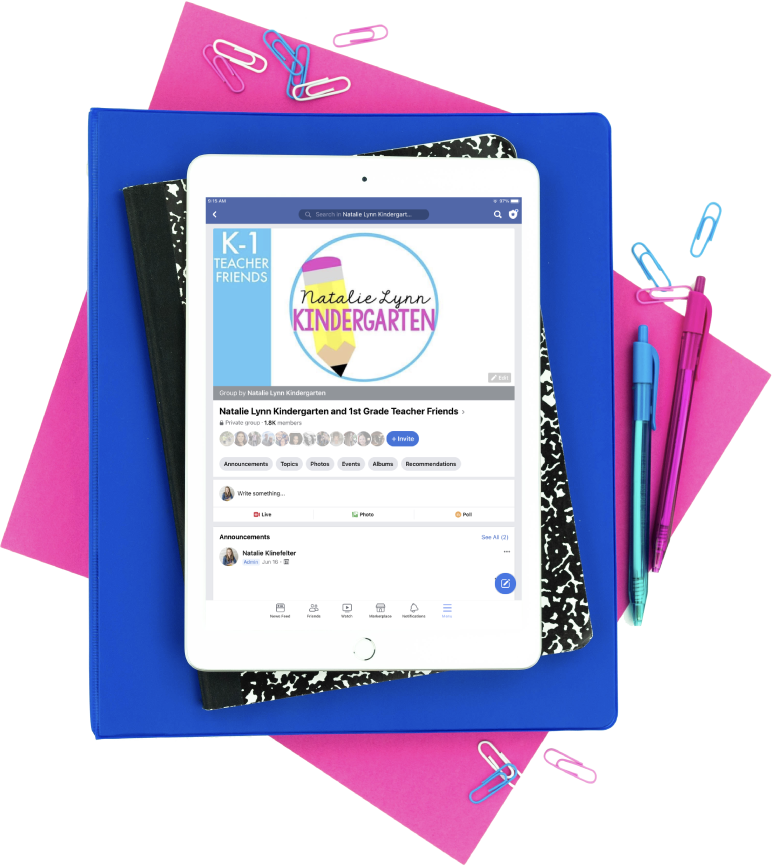

I love to teach beginning readers this is a huge help!